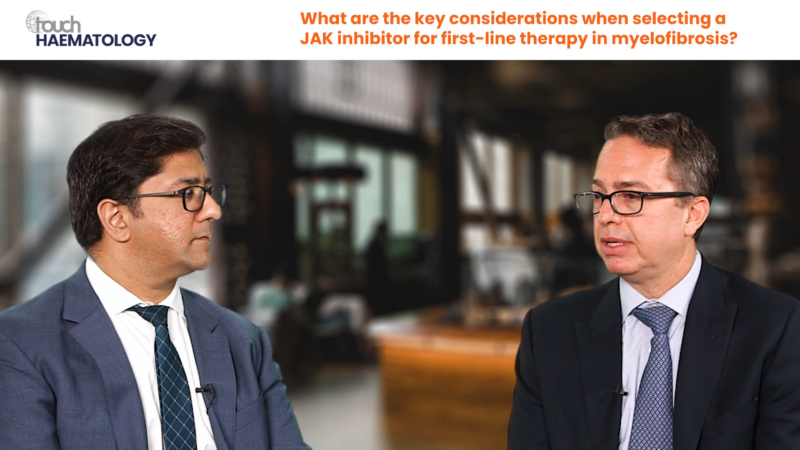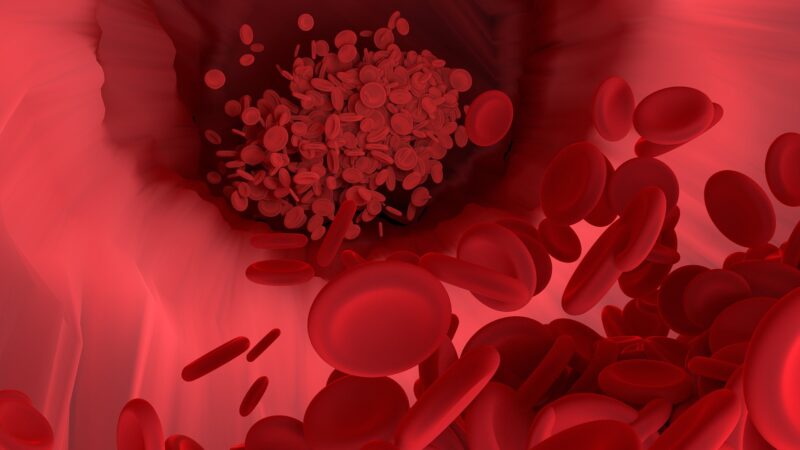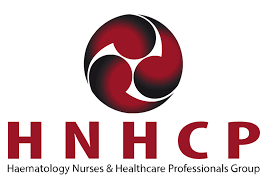Tutorial
These icons indicate there is something to be interacted with. Click it when you see it.
Tutorial
These icons indicate there is something to be interacted with. Click it when you see it.
Tutorial
These icons indicate there is something to be interacted with. Click it when you see it.
touchPANEL DISCUSSION
 A visually engaging discussion designed to emulate a ‘live’ panel experience and provide clinicians with practical expert insights to address their clinical challenges. Useful tips below will show how to navigate the activity.
Close
A visually engaging discussion designed to emulate a ‘live’ panel experience and provide clinicians with practical expert insights to address their clinical challenges. Useful tips below will show how to navigate the activity.
Close
 A visually engaging discussion designed to emulate a ‘live’ panel experience and provide clinicians with practical expert insights to address their clinical challenges. Useful tips below will show how to navigate the activity.
Close
A visually engaging discussion designed to emulate a ‘live’ panel experience and provide clinicians with practical expert insights to address their clinical challenges. Useful tips below will show how to navigate the activity.
Close
Tailoring treatment in myelofibrosis: Addressing anaemia and thrombocytopenia
Learning Objectives
After watching this activity, participants should be better able to:
- Evaluate the burden of disease and QoL impact for patients with myelofibrosis and anaemia and/or thrombocytopenia and the importance of early treatment initiation
- Assess the current management strategies for patients with myelofibrosis and anaemia and/or thrombocytopenia and the impact on patient outcomes, including QoL
- Review the emerging treatment options for managing patients with myelofibrosis, and other strategies to optimize outcomes
Overview
In this activity, three leading experts discuss the burden of myelofibrosis and anaemia and/or thrombocytopenia before reviewing approved and emerging targeted treatment options and strategies to maximize benefits for patients. read more
Target Audience
This activity has been designed to meet the educational needs of haematologists, including haemato-oncologists, hospital pharmacists and haematology nurses involved in the management of patients with myelofibrosis and anaemia and/or thrombocytopenia.
EBAC® Accreditation
touchIME is an EBAC® accredited provider since 2023.
This programme is accredited by the European Board for Accreditation of Continuing Education for Health Professionals (EBAC®) for 49 minutes of effective education time.
The Accreditation Council for Continuing Medical Education (ACCME) and the Royal College of Physicians and Surgeons of Canada hold an agreement on mutual recognition on substantive equivalency of accreditation systems with EBAC®.
Through an agreement between the European Board for Accreditation of Continuing Education for Health Professionals and the American Medical Association (AMA), physicians may convert EBAC® CE credits to AMA PRA Category 1 CreditsTM. Information on the process to convert EBAC® credit to AMA credit can be found on the AMA website. Other healthcare professionals may obtain from the AMA a certificate of having participated in an activity eligible for conversion of credit to AMA PRA Category 1 CreditTM.
Faculty Disclosure Statement / Conflict of Interest Policy
In compliance with EBAC® guidelines, all speakers/chairpersons participating in this programme have disclosed or indicated potential conflicts of interest, which might cause a bias in the presentations. The Organizing Committee/Course Director is responsible for ensuring that all potential conflicts of interest relevant to the event have been mitigated and declared to the audience prior to the CME activities.
Faculty
Prof. Haifa Kathrin Al-Ali discloses: Advisory board or panel fees from AOP Pharma, Bristol Myers Squibb, GSK, Incyte, MSD and Novartis. Consultant fees from AbbVie, AOP Pharma, Blueprint, Bristol Myers Squibb, GSK, MSD, Novartis, Otsuka and Stemline. Grants/research support from Bristol Myers Squibb and Incyte. Other financial or material support (royalties, patent, etc.) from AbbVie and Alexion.
Prof. Jean-Jacques Kiladjian discloses: Advisory board or panel fees from AOP Health and Incyte. Consultant fees from AbbVie, Bristol Myers Squibb, GSK and Novartis.
Prof. Alessandro Vannucchi discloses: Advisory board or panel fees from AbbVie, AOP Orphan Pharmaceuticals, Blueprint, Bristol Myers Squibb, Celgene, Constellation, CTI BioPharma, Geron, GSK, Imago, Incyte, iOnctura, Italfarmaco, Kartos, Karyopharm, Keros, MorphoSys, Novartis, Protagonist, Roche and Sierra.
Touch Medical Contributors
Katrina Lester has no financial interests/relationships or affiliations in relation to this activity.
Requirements for Successful Completion
Certificates of Completion may be awarded upon successful completion of the post-test and evaluation form. If you have completed one hour or more of effective education through EBAC® accredited CE activities, please contact us at accreditation@touchime.org to receive your EBAC® CE credit certificate. EBAC® grants 1 CE credit for every hour of education completed.
Date of original release: 14 April 2025. Date credits expire: 14 April 2027.
Time to complete: 49 minutes
If you have any questions regarding the EBAC® credits, please contact accreditation@touchime.org
To obtain the CE/CME credit(s) from this activity, please complete this post-activity test.
Claim CreditYou may also be interested in...

REGISTER NOW FOR FREE ACCESS TO
- 1000+ topical and insightful peer-reviewed journal articles
- 100+ hours of bite-sized congress highlights
- 10 major therapy areas packed with the latest scientific advances
- 150+ specialties offering learn-on-the-go medical education
- + Concise email updates and newsletters so you never miss out

Log into your Touch Account
Earn and track your CME credits on the go, save articles for later, and follow the latest congress coverage.
Sign up with an Email
Or use a .
This Functionality is for
Members Only
Explore the latest in medical education and stay current in your field. Create a free account to track your learning.


















